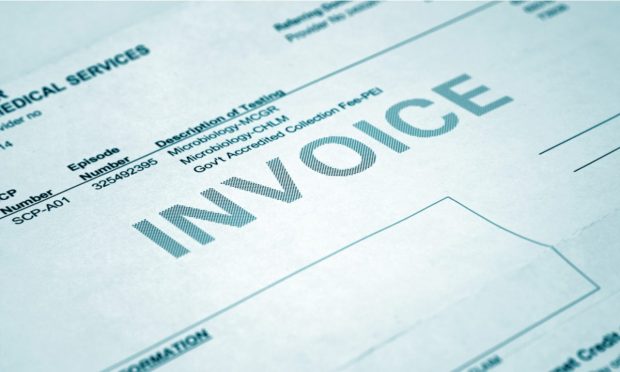New PYMNTS Data Show Half Of Consumers Can Now Cover Unexpected $400 Medical Bill Without Tapping Credit

Good news for recovery watchers: the average consumer is exiting the pandemic period demonstrably more financially stable than when it started a little over a year and a half ago. According to forthcoming PYMNTS data, 50 percent of consumers would be able to pay an unexpected expense of $400 directly with funds from their checking/savings account or in cash.
That major milestone has been building for the last five months — the share of consumers able to pay an unexpected expense has been pushing up from a starting point of 45 percent in March. The data also demonstrates that people are able to pay their bills in cash, which isn’t the only sign of an improving situation in consumer’s pocketbooks. The share of consumers reporting they simply couldn’t pay an unexpected $400 expense dropped sharply from 11 percent in March to 4 percent as of July. And the share of consumers using credit cards with the intention to pay the balance off at the next statement increased from 16 percent in March to 19 percent by July.
It’s an encouraging trend — and one that might have been expected given the proliferation of reports this spring about consumers advanced savings practices during the pandemic and reports of the $5.4 trillion stockpiled by consumers globally.
Read more: Global Consumer Saving Stockpile Reaches $5.4 Trillion
But in another sense the shift is unexpected, given the long-term trend it replaced. Which leads to the question of how durable the new era of actively saving consumers will turn out to be.
Why $400 In Savings Matters So Much
The question of whether consumers could expend $400 in case of a financial emergency has been floating around for the last five years or so, following a 2015 report from the Federal Reserve revealing that, at the time, many consumers simply could not. In households where income was at or below $40,000 a year, a $400 unexpected expense was out of financial reach for about 56 percent of people.
The $400 line was thus established as a divider separating the financial stable from the financially precarious, and though the data it first sprang from dates to 2015, PYMNTS early consumer survey data on the effects of the COVID-19 pandemic indicate the problem had not come even remotely close to solving itself by late March/early April 2020.
For more information: How The Paycheck-To-Paycheck Economy Is Beginning To Buckle
The study revealed that nearly 60 percent (59.2 percent) of consumers reported living paycheck to paycheck, with 22.9 percent of these respondents saying they also struggled to pay their monthly bills. Another 36.3 percent said they lived paycheck to paycheck but had enough to pay their bills each month.
Consumers seemed to be more consciously curbing their spending, too, with the share living paycheck to paycheck decreasing by 10.1 percent in just 10 days in March.
But curbing spending didn’t change the reality that the bulk of consumers had little to no savings to fall back on at the start of the pandemic. Some 45.4 percent of consumers had $2,500 or less in savings, while 15.6 percent had no savings at all. Consumers earning less than $50,000 per year were particularly vulnerable to sudden cash flow shortages, as the survey showed 69.3 percent of consumers in this income bracket had $2,500 or less in savings, while 28.9 percent had none.
Will It Last?
The question now is whether consumers will manage to maintain their savings in a post-pandemic world — minus stimulus infusions that helped fill those coffers over the last several months. There may be some good news on that front, as Fed data from earlier this summer indicated that the poorest half of United States households saw a boost in wealth amid the pandemic.
For further reading: Data Shows Low Income US Households Gained Wealth In Pandemic
Wealth for the bottom half of households rose 36 percent, the fastest increase in terms of percentage, while the same households saw a boost to a net figure of $2.62 trillion in the first quarter of this year.
Despite encouraging news on the savings front, the Fed’s data also revealed household debt was on the rise, too, reaching $62 trillion in the first quarter of 2021. Household debt also increased by 5.8 percent at an annual rate, which was a decrease from 6.3 percent in the previous quarter.
Consumers’ financial situation has undoubtedly improved, as both PYMNTS and Fed data make clear. Whether it sticks around or turns out to be just another symptom of COVID-19 remains to be seen.